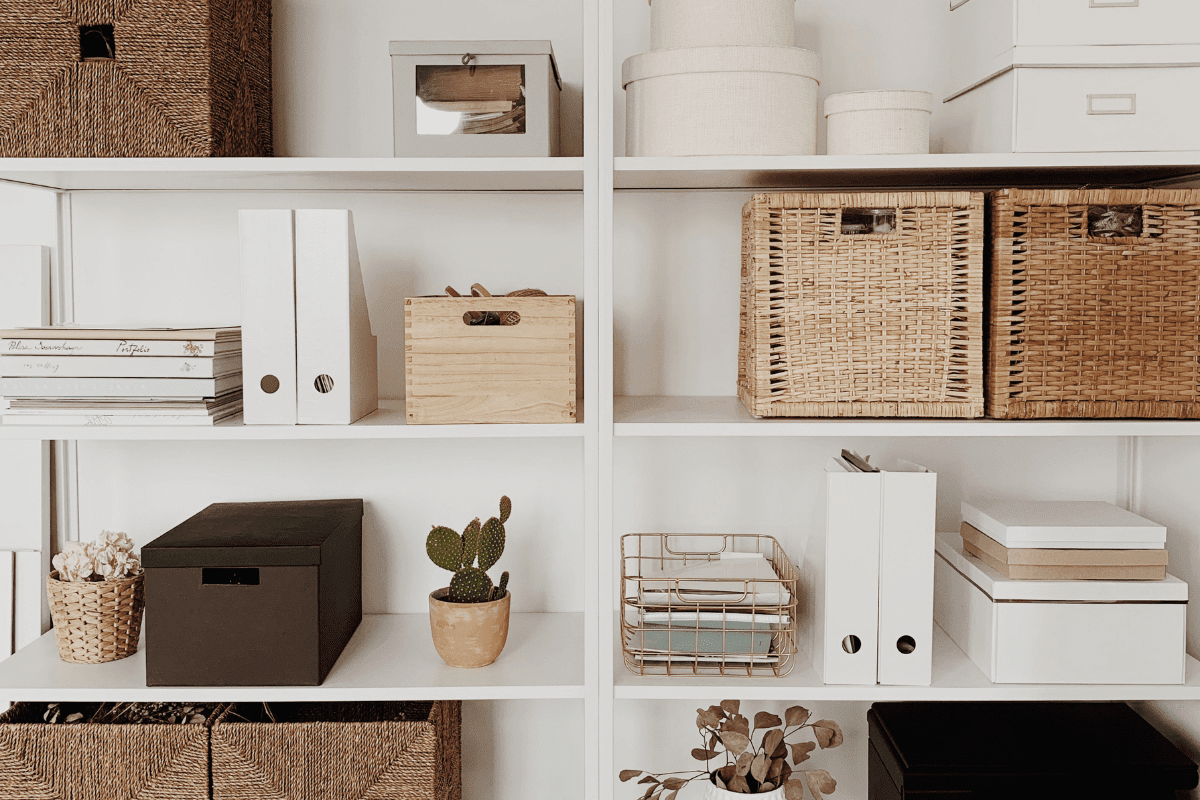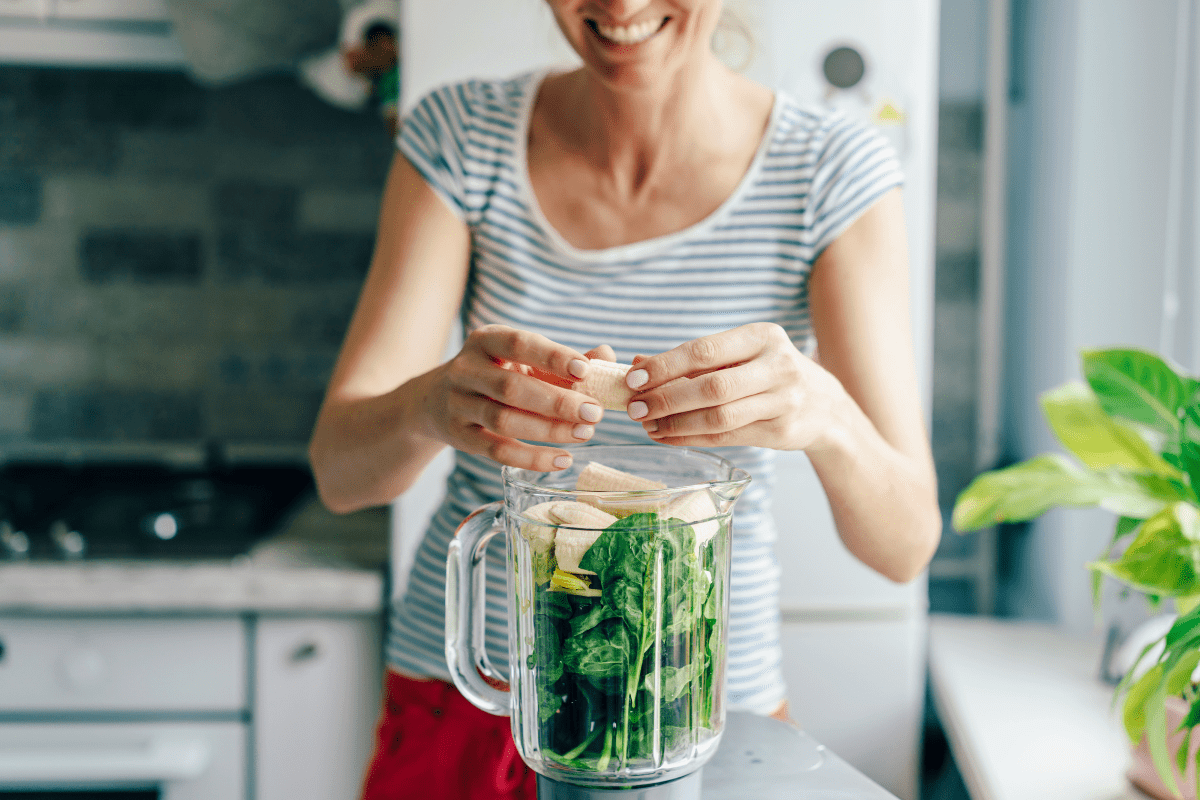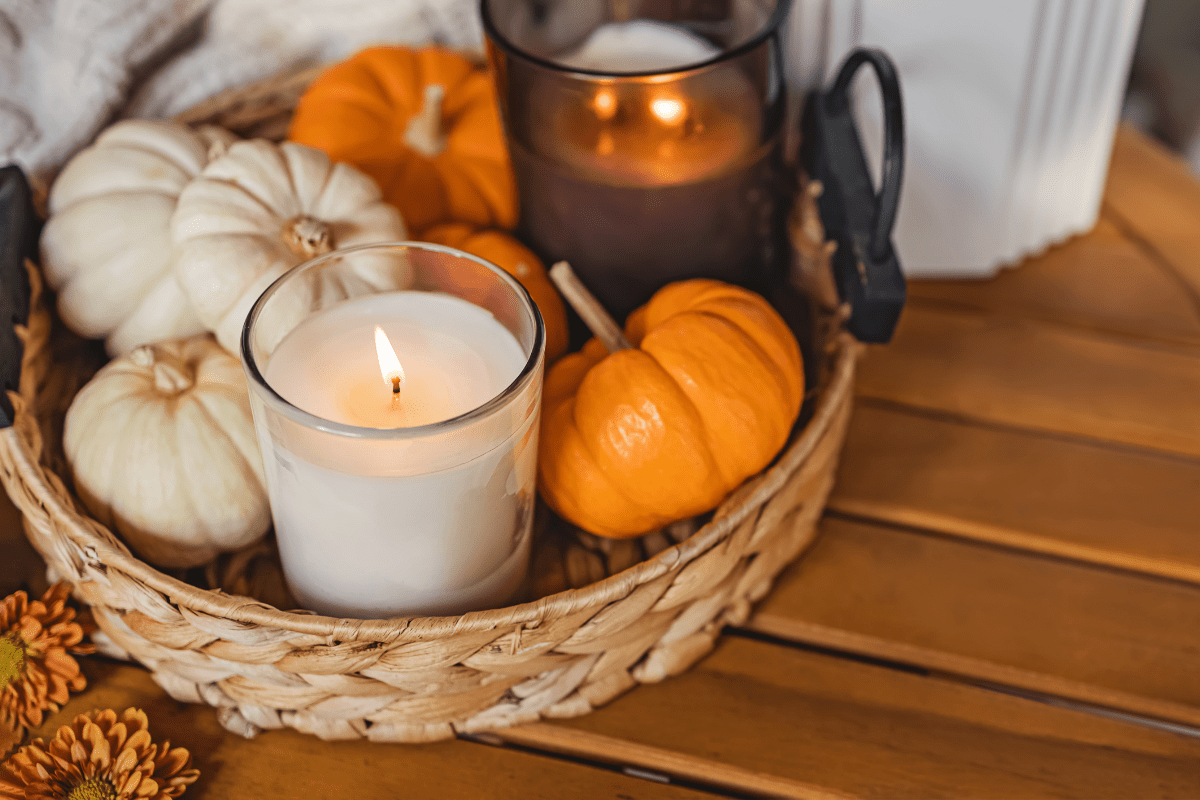If you've ever found yourself staring at your energetic offspring while rain pounds the windows, wondering if it's socially acceptable to put on a movie at 9 AM, this one's for you. The truth is, being stuck inside doesn't have to mean surrendering to screen time guilt or listening to the dreaded "I'm bored" chorus for hours on end. With a little creativity and some stuff you probably already have lying around, you can turn your home into an adventure zone that'll keep everyone happy (including you).
The secret to indoor activity success
Not every activity is going to be a Pinterest-worthy masterpiece, and that's totally fine. Sometimes the best indoor activities are the ones where your kid spends 20 minutes intensely focused on something while you actually finish your coffee hot.
The key is understanding that different times of day call for different energy levels. Morning might be perfect for those science experiments that require actual brain power, while that 4 PM witching hour screams for something that lets them burn off steam without destroying your living room.
Also, here's something nobody tells you: activities are like food. Not every kid is going to love every single thing you try, and that doesn't mean you're failing as a parent. My youngest will spend an hour making elaborate stories with blocks, while my older one would rather reorganize my entire craft drawer. Kids are weird, and that's perfectly normal.
High energy activities that won't wreck your house
Sometimes you need to get that energy OUT, but the weather has other plans. The good news is you can create plenty of movement opportunities indoors without turning your home into a gymnasium aftermath.
Indoor obstacle courses
This is honestly the MVP of high-energy indoor activities. You can create these with literally anything you have around the house, and kids love the challenge of beating their own times.
Here's what works great:
- Couch cushions for jumping
- Masking tape balance beams
- Chair and blanket tunnels
- Pillow landing zones
- Laundry basket targets
Set it up once, and they'll run it twenty times. Change one element, and suddenly it's a brand new course. I've watched my kids spend entire afternoons perfecting their "times" and creating increasingly elaborate rules for their obstacle course championships.
Dance party variations
Regular freeze dance is fine, but you can level this up in so many ways. Try calling out emotions and having them dance to express feelings, or play animal movement games where they have to move like different creatures when the music plays.
Story dancing is particularly fun where you create a narrative together through movement. You might start with "Once upon a time, there was a very sleepy bear…" and everyone moves like sleepy bears until the story evolves. It's surprisingly engaging and burns energy like nobody's business.
Indoor sports adaptations
Paper plate tennis with balloons is surprisingly entertaining and won't break anything (probably). Sock basketball using laundry baskets works great too. Roll up socks, set baskets at different distances, and let them go wild.
Paper airplane competitions can get seriously competitive. Have them design different styles and test for distance versus accuracy. You'd be amazed at how invested kids get in perfecting their airplane engineering.
Science experiments that actually work
Kitchen science is where it's at because you probably have everything you need already, and the wow factor is real.
The classics that never fail
The cloud in a jar experiment using shaving cream and colored water is pure magic to kids. You basically make a "cloud" of shaving cream floating on water, then add drops of blue water until it gets saturated and starts "raining" down through the cloud. It's the water cycle in action, and kids lose their minds over it.
Dancing raisins in carbonated water teach density and gas in the most entertaining way possible. The bubbles attach to the raisins and make them float up, then pop and make them sink down again. It looks like the raisins are having a party in the glass.
Color-changing milk is another winner. Pour milk in a shallow dish, add drops of different colored food coloring, then touch the surface with a cotton swab dipped in dish soap. The colors swirl and dance around like some kind of liquid light show. It demonstrates surface tension, but mostly it just looks awesome.
Slightly messier but worth it
Homemade volcanoes never get old. Baking soda, vinegar, food coloring, and dish soap create a properly dramatic eruption. Yes, you'll need to clean up afterward, but the sheer joy on their faces is worth a little extra mopping.
Making oobleck (cornstarch and water) creates this bizarre substance that's both liquid and solid. Kids can punch it and it acts solid, but if they pour it slowly, it flows like liquid. It's genuinely fascinating and will keep them occupied for ages, though fair warning… it gets everywhere.
Creative projects that don't require art school
I'm not particularly crafty, but even I can handle these projects, and more importantly, so can kids with minimal supervision.
Paper plate everything
Paper plates are criminally underused as craft supplies. Kids can turn them into masks, animals, clocks, steering wheels, or basically anything their imagination cooks up. Toss in some markers, stickers, cotton balls, and glue sticks, and you've got an instant art studio.
The beauty of paper plate projects is they're naturally the right size for little hands, and if the project goes sideways, you're only out like fifty cents worth of materials.
Homemade playdough workshop
Making playdough from scratch is half the fun. The basic recipe is stupid simple: 2 cups flour, 1 cup salt, 2 tablespoons oil, 1 cup water, and food coloring. Kids can help measure everything out, and they get super invested in choosing colors and mixing everything together.
Once it's made, they've got hours of sculpting ahead of them. Plus, homemade playdough keeps way longer than you'd expect if you store it in airtight containers.
Sensory bins for all ages
These sound fancy, but they're really just containers filled with rice, beans, or pasta with small toys hidden inside. Make themed bins based on what your kids are into. Ocean bins with blue rice and sea creatures, construction zones with lentils and tiny vehicles, or space exploration with black beans and glow-in-the-dark stars.
The setup takes about ten minutes, but they provide hours of focused play. Plus, you can store them with lids and rotate them out to keep things fresh.
Educational stuff disguised as fun
The best learning happens when kids don't realize they're learning anything. These activities sneak in serious educational value while feeling like pure play.
Kitchen chemistry and life skills
Cooking together hits so many learning targets at once. There's math in measuring, reading in following directions, science in watching ingredients transform, and life skills in basic food preparation.
Start with no-cook projects like trail mix creation where they can practice patterns and measuring, or sandwich art using cookie cutters for shapes. Graduate to simple cooking like scrambled eggs (with supervision) or homemade pizza on English muffins.
Making butter by shaking cream in a jar until it separates is both science experiment and cooking lesson rolled into one. Kids are always amazed that they can actually make butter, and it tastes great on homemade bread.
Treasure hunts with learning twists
Indoor treasure hunts can be customized for any age and educational goal. For younger kids, use picture clues showing different rooms or furniture. They follow the pictures around the house until they find their treasure.
Older kids can handle rhyming riddles: "Where you lay your sleepy head, look beneath your cozy bed." You can sneak in learning by making clues that require them to solve math problems or spell words to find the next location.
Educational theme hunts work great for reinforcing school subjects. History hunts might have them finding items from different time periods, or science hunts could focus on finding examples of different states of matter around the house.
Living room geography
Transform your space into different countries or time periods using blankets, furniture, and imagination. Create a "French café" with tablecloths and pretend croissants, or build a "medieval castle" using cardboard boxes and sheets.
Research the chosen location together, learn a few basic phrases in the local language, and prepare themed snacks. It's geography, history, and cultural learning all wrapped up in dramatic play.
Quiet time activities for when energy crashes
Not every moment needs to be high-octane adventure. Sometimes you need activities that promote focus and calm, especially during those afternoon energy dips.
Storytelling and theater
Round-robin storytelling where each person adds one sentence to an ongoing story creates the most ridiculous and entertaining narratives. Start with "Once upon a time" and see where everyone's imagination takes you.
Picture prompt stories using random magazine images as starting points work great too. Hand someone a picture of a bicycle and a monkey, and challenge them to create a story that incorporates both.
Puppet theater using clothespins, paper bags, or socks gives kids a chance to create characters and put on shows. They get surprisingly invested in developing personalities and storylines for their puppet characters.
Building and construction challenges
Block building isn't just stacking… it's engineering in disguise. Research shows that building activities develop spatial reasoning, geometry understanding, and problem-solving skills.
Set specific challenges like building bridges that span between two chairs, or seeing how tall they can build before everything topples. Symmetry practice where they build something and then create its mirror image sneaks in math concepts.
Pattern work using colored blocks teaches sequencing and mathematical thinking. Plus, there's something deeply satisfying about creating and then dramatically knocking down a large construction project.
Age-specific considerations that actually matter
Different ages need different approaches, and trying to force a toddler activity on a ten-year-old (or vice versa) is a recipe for frustration.
Toddler survival tactics (ages 2-4)
Toddlers need sensory experiences and activities that match their approximately seven-minute attention spans. Water play in the sink or bathtub with cups and toys works wonders. Simple sorting activities using safe household objects keep little hands busy.
Musical instrument time using pots, pans, and wooden spoons creates joyful chaos. Yes, it's loud, but they're developing rhythm and gross motor skills, so consider it educational noise.
Supervised scissor practice using child-safe scissors and strips of paper helps develop fine motor skills. They won't cut perfect lines, but the practice is valuable, and they feel very grown-up doing "real" cutting.
School-age independence (ages 6-12)
This is the sweet spot where kids can handle more complex projects with minimal supervision. Creating book-based curricula works especially well… pick a favorite book and design science, math, and art activities around the story.
Strategy games and puzzles provide mental challenges that keep developing brains engaged. Board games teach patience, rule-following, and good sportsmanship (mostly).
Independent art projects where they design and execute their own creative visions build confidence and problem-solving skills. Give them access to supplies and let them figure out how to bring their ideas to life.
Managing the chaos (because let's be realistic)
Indoor activities with kids require some strategic thinking about supplies, cleanup, and your own sanity preservation.
Supply management that won't break the bank
Create a designated activity supply container with basics that support multiple projects:
- Various papers and cardboard
- Markers and colored pencils
- Glue sticks and tape
- Child-safe scissors
- Stickers and stamps
Rotate supplies weekly to maintain novelty without overwhelming choice. Too many options can actually paralyze kids rather than inspire creativity.
Cleanup strategies that work
Make cleanup part of the activity rather than a dreaded aftermath. Set timers for speed cleaning challenges, play upbeat music during cleanup time, and assign specific roles to each family member.
Celebrate completion with small rewards or recognition. The goal is making cleanup feel collaborative rather than punitive.
Technology integration (when you need it)
Sometimes screen time happens, and that's okay. When you do choose digital options, make them count. Virtual museum tours from places like the Smithsonian let kids explore world-class exhibits from your couch.
Coding platforms like Scratch teach actual programming skills through games and creative projects. It's screen time that builds real skills for the future.
The realistic parent's survival guide
Here's the truth nobody puts in parenting magazines: some days, everything you try will flop spectacularly, and that's completely normal. Kids have off days, you have off days, and sometimes the magic just isn't there.
On those days, it's perfectly fine to lower your expectations. Maybe the elaborate science experiment becomes "let's see what happens when we mix these two things." Maybe the creative art project becomes "here's some paper and markers, go nuts."
The goal isn't perfection or Pinterest-worthy results. The goal is keeping everyone reasonably happy and engaged while building positive memories together. Some of my kids' favorite "activities" have been completely unplanned moments that evolved naturally from boredom and curiosity.
Remember that being stuck inside can actually create some of the best family memories. There's something special about the cozy intimacy of home-based adventures, and years from now, your kids won't remember whether the volcano eruption was perfectly proportioned. They'll remember that you took the time to explore and create together, and that's what really matters.
Indoor time doesn't have to be something you just survive. With a little creativity and a willingness to embrace some controlled chaos, it can become something you actually look forward to. And if all else fails, there's always the option of building the world's most elaborate blanket fort and calling it architecture education.





